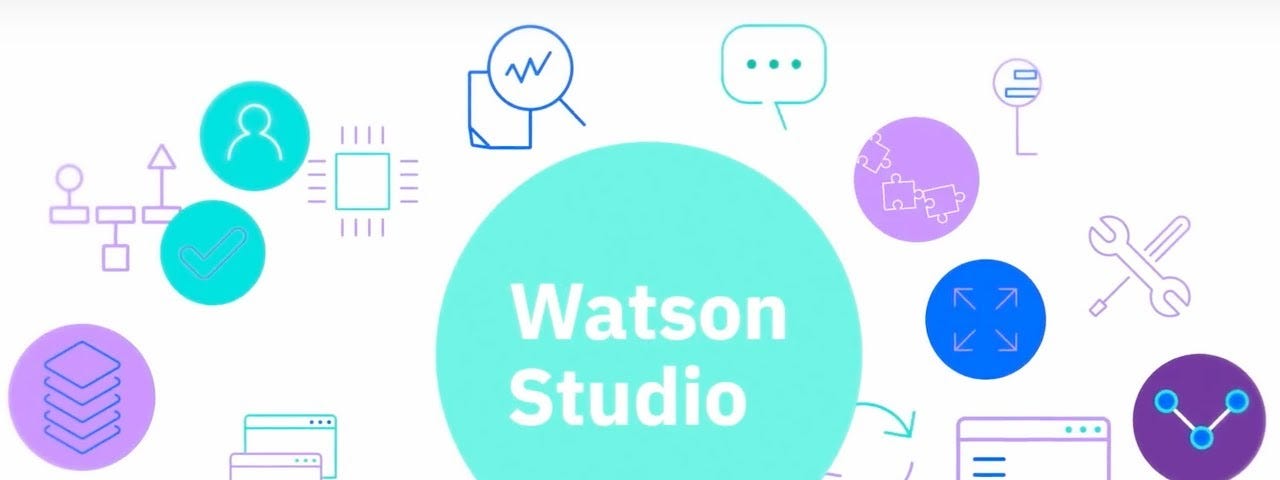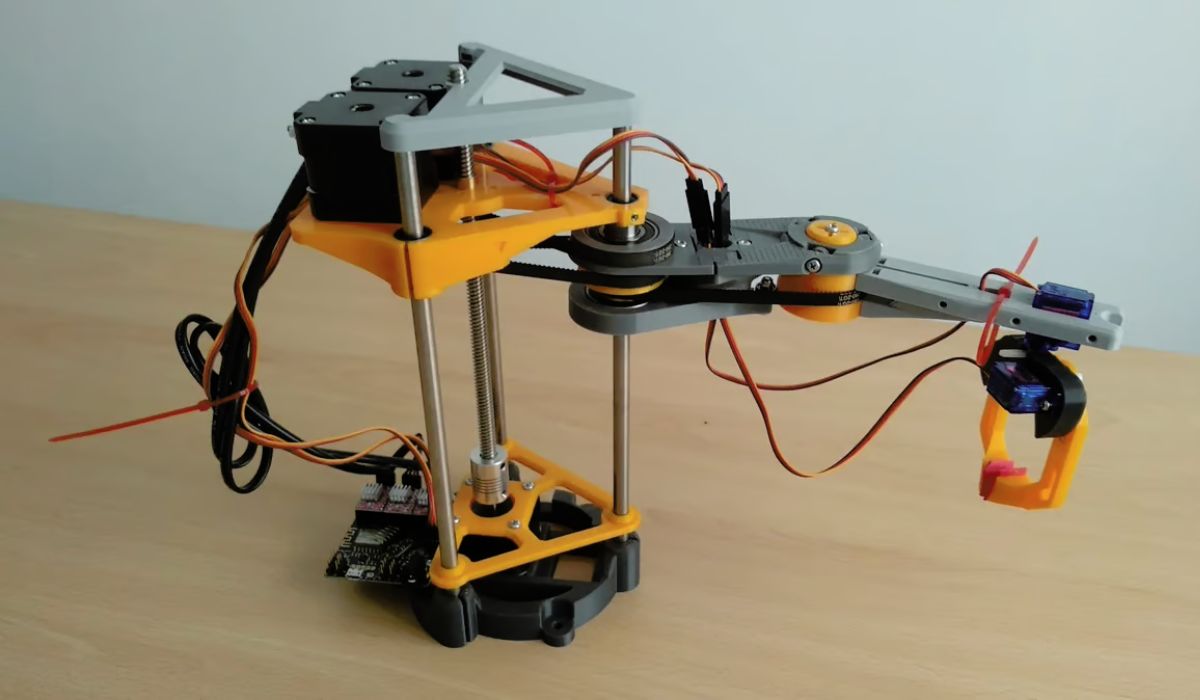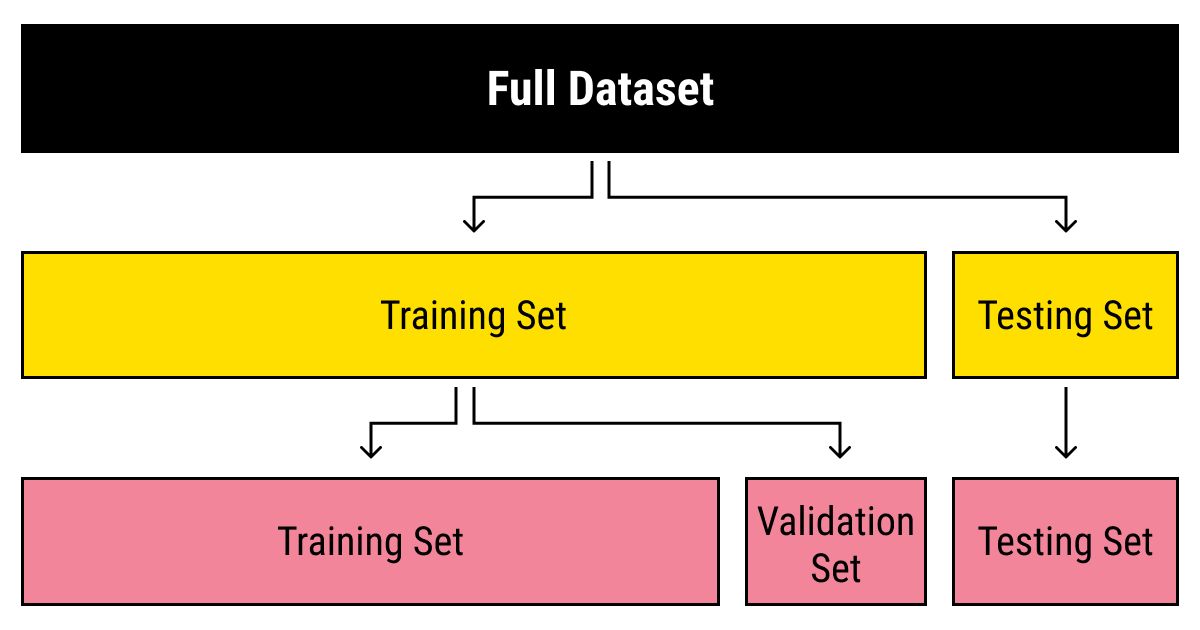Did you know that machine learning powers most of the computing tools you use at home and work? Technologies such as image processing, natural language recognition, and search algorithms are all components of machine learning.
Machine learning examples include applications like social media channels that suggest new connections, streaming or search algorithms that recommend movies or products. Moreover, it also includes any software that makes suggestions based on previous decisions you have taken or actions you have performed within the software.
It seems that embedding machine learning capabilities into a system is a simple task of taking advantage of a pool of past decisions to choose from and adapt to future use case scenarios. The truth is that machine learning is not only data-consuming but also a very complex process. Most software developers need machine learning tools developed by large R&D centers if they want to provide machine learning capabilities to end-users.
Below is a list of the best machine learning tools for use by both experienced and novice users interested in machine learning, listed in alphabetical order. Also, components of machine learning include supervised, unsupervised, and reinforcement learning. In turn, these determine the applicability of a specific tool in different scenarios.
Amazon SageMaker
SageMaker by Amazon is an end-to-end machine learning software start at $99 per month for 50 capacity unit hours.


Intel Nervana
Intel Nervana is taking advantage of Intel’s hardware such as the Intel Xeon processor and Intel Xeon Phi processor to offer machine learning capabilities. Their Intel Deep Learning SDK offers a framework for developers and researchers to build machine learning models based on large datasets.
The company is also working on deep learning ship architecture that will use a concept different from current GPU applications across the machine learning domain.
Keras
Keras is available since 2015. It is one of the easiest to use open-source libraries available for the development of machine learning applications. Its modular approach results in better extensibility, which is also backed by the ease of use.
You need to enable Python coder to deploy Keras machine learning models on top of other frameworks such as TensorFlow, Microsoft Cognitive Toolkit (CNTK), and Theano.
You can run Keras on GPUs, and it allows for easy and fast prototyping while offering neural networks API. It is free to use.
SAP Leonardo
SAP Leonardo is another machine learning tool. In this case, it aims at large enterprise users. It integrates seamlessly with other SAP tools. Furthermore, it is designed to work with specific SAP business solutions that deal with service ticket intelligence, customer retention, and predictive analytics.
Users can take advantage of built-in machine learning capabilities for natural language understanding, image and audio recognition, and use of tabular data. It supports custom machine learning models. It also offers templates to facilitate data collection and speed up deployment.
SAP Leonardo requires some coding experience. Moreover, there is no free tier. You pay per node hours used within the SAP public cloud with prices starting at just over $8 per hour.
SAS Enterprise Miner
SAS Enterprise Miner is another machine learning software aimed at enterprise users. This is quite easy to use.
It enables advanced predictive and descriptive modeling. In turn, it allows corporate data scientists to develop models for detecting fraud and minimizing risks. The SAS Enterprise Miner supports visualizations. Furthermore, its components of machine learning include exploratory data analysis to explore data sets, model management, and model monitoring.
It is an enterprise-grade software with no free tier. Additionally, a price quote is available on demand.
TensorFlow
TensorFlow is an open-source framework and software library for deep learning and artificial intelligence applications. The Google Brain team of AI developers originally creates the framework. It is open-sourced since 2015.
TensorFlow enables the creation of machine learning applications you can run on systems ranging from desktop computers through clusters of servers to mobile and edge devices. TensorFlow was used to create monitoring and visualization capabilities for ML models.
This is a low-level framework for developing machine learning models. Moreover, it requires advanced coding skills with Python and C++. Other programming languages you can use with TensorFlow include Haskell, Java, Go, Rust, and JavaScript.
You are free to use TensorFlow for any purpose.
Torch
The torch is another free and open-source machine learning framework. It is based on the Lua programming language.
Just like TensorFlow and Keras, Torch works with GPUs to unleash a plethora of deep learning capabilities. Moreover, it also provides faster performance compared to other machine learning frameworks.
A large ecosystem of community-driven packages is available for Torch. This also supports neural networks and convolution neural network models. A good number of researchers are using Torch, partly because the framework offers easy to use modular front-end.
Skills In Python Is Crucial
This list of best machine learning tools is not exhaustive. In addition, other machine learning frameworks and software tools offering viable AI and ML capabilities are readily available.
Our list just offers the best machine learning examples for frameworks and tools for every skillset – from Azure Machine Learning Studio that is both free and requires no coding experience, through SageMaker which offers free tier bit requires certain coding skills, and to TensorFlow that is totally free. However, you should be skilled in Python programming language to use it altogether.

























